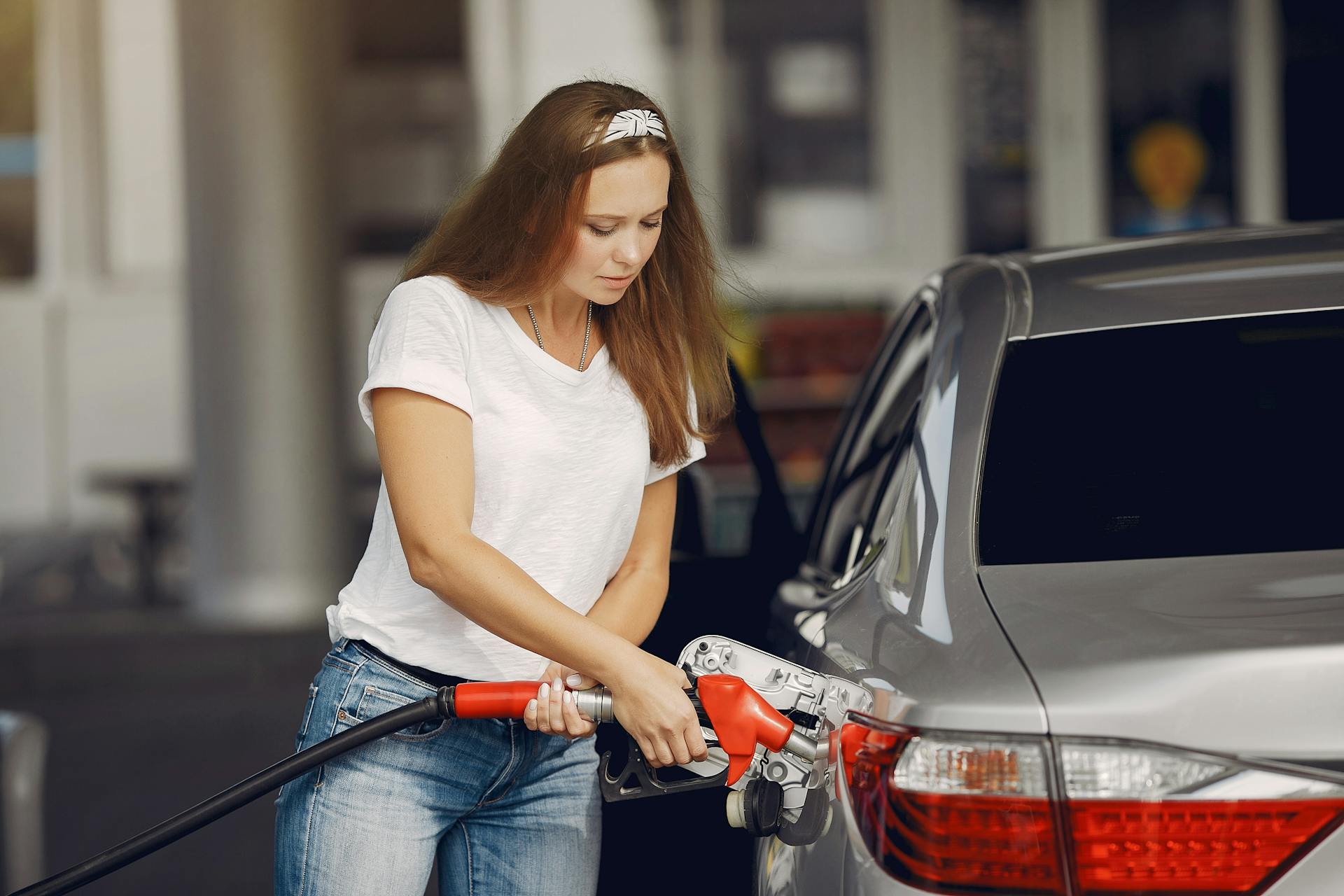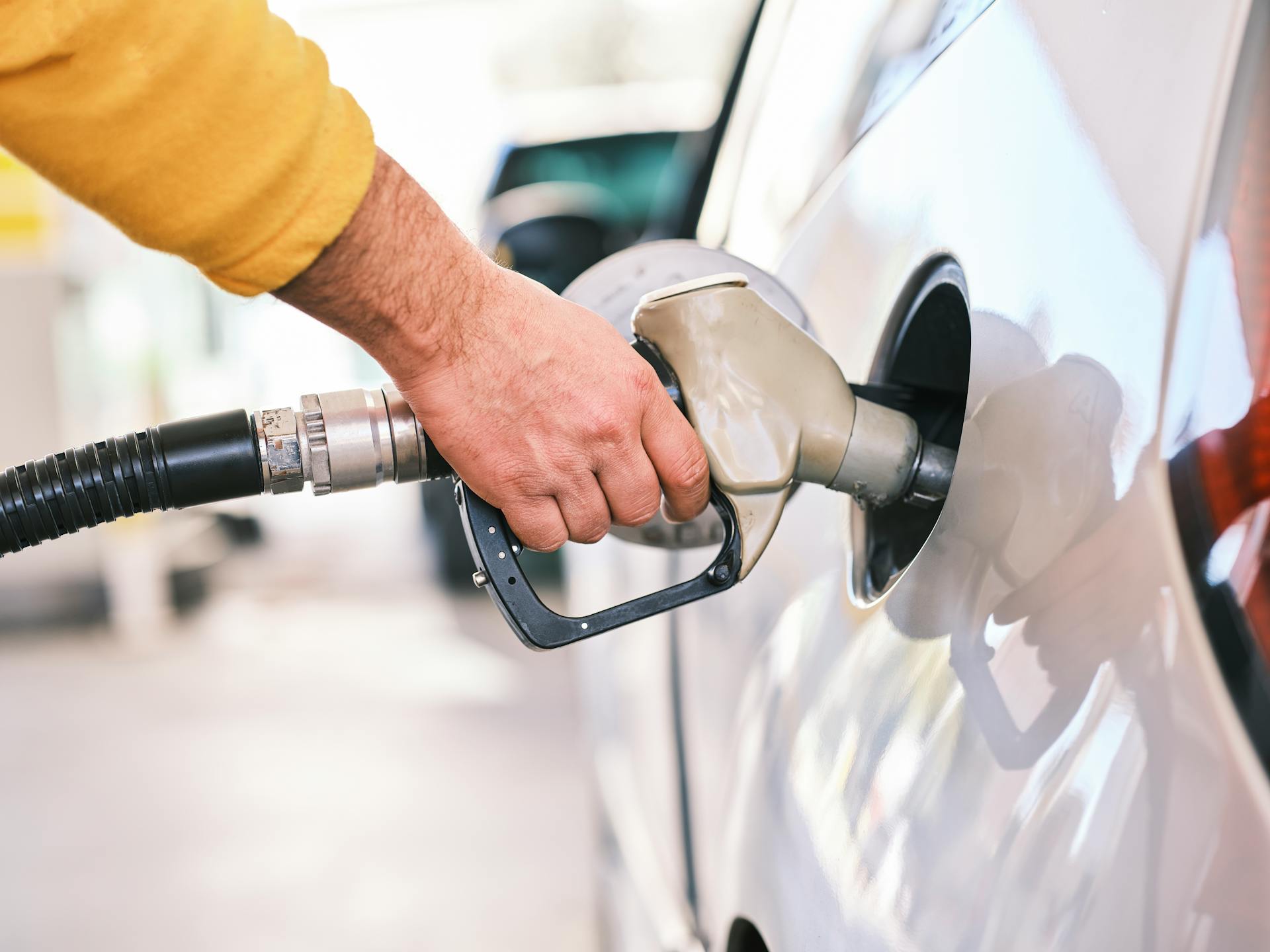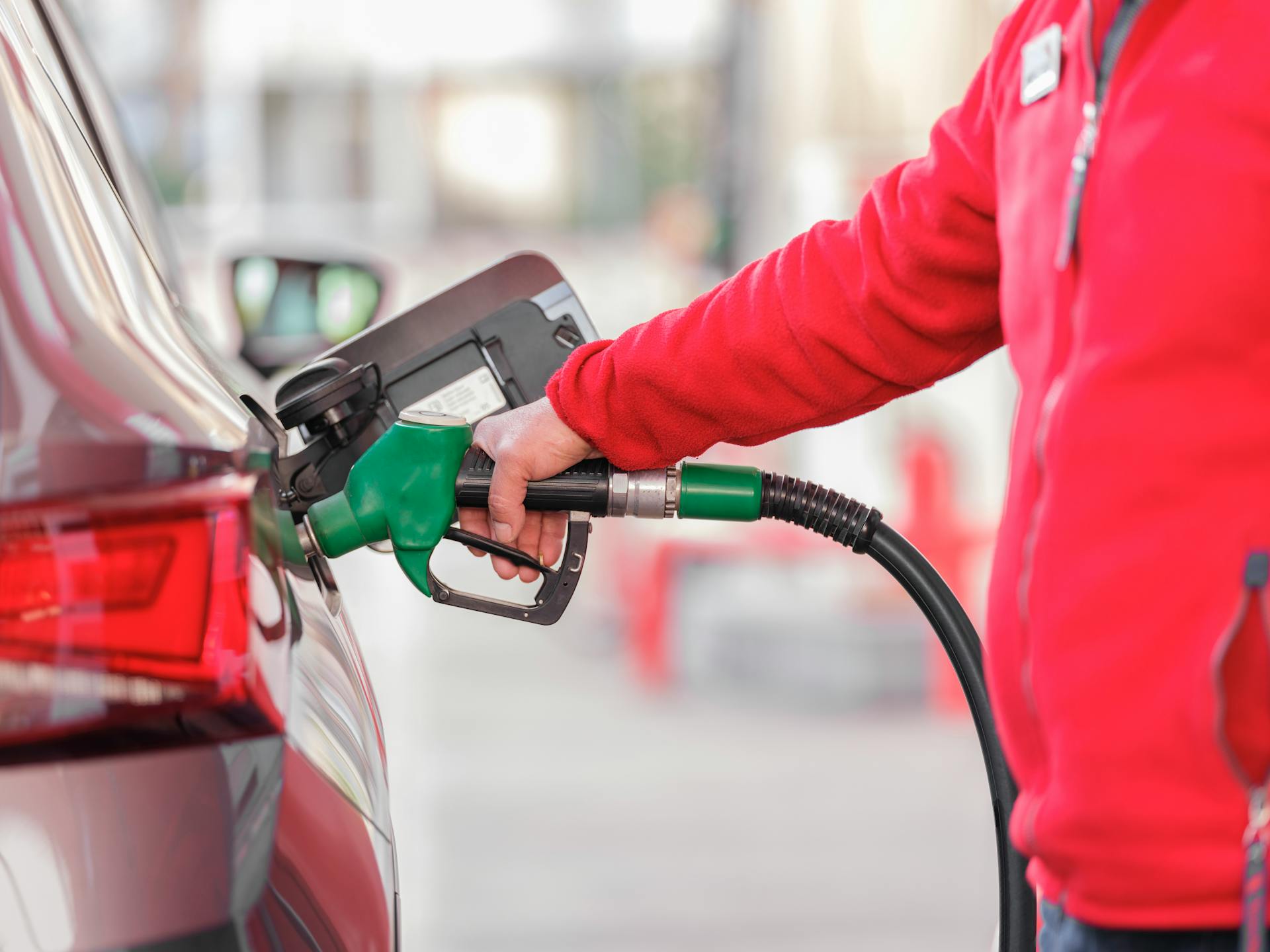Need to clean your car’s fuel tank? This guide outlines ten safe steps to remove contaminants or buildup, ideal for maintenance or fixing bad fuel issues. Perfect for garage work or storage prep, these tips ensure a clean tank, keeping your car running smoothly.
Safety Warning: Fuel is flammable and hazardous. Work in a well-ventilated area, avoid sparks, and follow local regulations.
1. Determine the Need for Cleaning
Identify why your fuel tank needs cleaning—contamination, rust, or storage prep. This guides the cleaning method and ensures you address the root issue effectively.
Clarifying the purpose streamlines the process. Here’s how to assess the need.
-
Check for bad fuel. Poor performance or stalling signals contamination, requiring cleaning, costing $100-$300 if professional.
-
Inspect for rust. Older cars develop tank rust, reducing efficiency; cleaning saves $500-$1,000 in repairs.
-
Plan for storage. Clean tanks before long-term storage to prevent fuel degradation, costing $0 to assess.
-
Confirm symptoms. Clogged filters or rough idling indicate a dirty tank needing attention.
2. Gather Cleaning Tools and Supplies
Collect tools and cleaning agents to safely clean the fuel tank. Proper equipment prevents damage and ensures compliance with environmental and safety standards.
Having the right tools simplifies cleaning. Here’s what you need to start.
-
Use approved containers. Fuel-safe canisters ($10-$50) store drained fuel, meeting EPA regulations.
-
Get a siphon pump. A manual or electric pump ($15-$50) empties the tank before cleaning.
-
Have cleaning agents. Vinegar or fuel tank cleaner ($10-$30) removes rust and debris safely.
-
Wear safety gear. Gloves, goggles, and masks ($5-$20) protect against fumes and chemicals.
3. Park on a Safe, Flat Surface
Park the car on a flat, stable surface in a well-ventilated area to ensure safety. This minimizes spill risks and protects you from flammable fuel vapors.
A proper setup reduces hazards. Here’s how to prepare the vehicle.
-
Choose an open area. Park in a garage with open doors or outdoors, ensuring ventilation, costing $0.
-
Turn off the engine. Remove keys to prevent sparks or accidental starts during cleaning.
-
Engage the parking brake. Lock the car to avoid movement, enhancing safety.
-
Avoid confined spaces. Work in open areas to disperse fumes, preventing health risks.
4. Disconnect the Battery
Disconnect the battery to prevent electrical sparks, which could ignite fuel vapors. This critical step ensures safety before accessing the fuel tank.
Proper disconnection minimizes risks. Here’s how to do it safely.
-
Locate the battery. Find it under the hood or trunk, per the manual, taking 1-2 minutes.
-
Remove negative cable. Use a wrench ($10-$20) to loosen the negative terminal first, costing $0.
-
Secure the cable. Tape it away from the battery to avoid reconnection, preventing sparks.
-
Check for metal contact. Ensure tools don’t touch terminals, avoiding fire hazards.
5. Drain the Fuel Tank
Empty the fuel tank completely before cleaning to remove old fuel or contaminants. Draining ensures safe access to the tank’s interior for thorough cleaning.
Safe draining prevents spills. Here’s how to empty the tank.
-
Use a siphon pump. Insert the hose into the filler neck, pumping fuel into canisters ($15-$50), taking 10-20 minutes.
-
Access the drain plug. If available, loosen with a wrench, collecting fuel in a container ($10-$50).
-
Dispose of fuel safely. Store in sealed canisters for recycling, avoiding $1,000-$5,000 fines.
-
Confirm tank is empty. Shake or inspect to ensure no fuel remains before cleaning.
6. Remove the Fuel Tank (If Necessary)
For thorough cleaning, remove the fuel tank to access its interior. This advanced step is needed for heavy rust or contamination but requires care.
Proper removal ensures effective cleaning. Here’s how to do it.
-
Locate the tank. Find it under the rear axle or via an access panel, per the manual.
-
Disconnect fuel lines. Use a wrench ($10-$20) to loosen lines, catching drips, taking 10-15 minutes.
-
Lower the tank. Support with a jack ($30-$100), unbolt, and remove, costing $0-$50 for tools.
-
Seek professional help. If unsure, mechanics remove tanks for $100-$300, avoiding damage.
7. Clean the Tank Interior
Clean the tank’s interior to remove rust, sediment, or contaminants. Use safe cleaning agents and tools to restore the tank without damaging it.
Effective cleaning improves performance. Here’s how to clean the tank.
-
Use vinegar or cleaner. Pour in vinegar or tank cleaner ($10-$30), shaking to loosen debris, taking 20-30 minutes.
-
Scrub with a brush. Use a long brush ($5-$15) for stubborn rust, avoiding tank scratches.
-
Rinse thoroughly. Flush with water or clean fuel to remove residue, costing $0-$10.
-
Dry completely. Air-dry or use compressed air ($10-$20) to prevent rust, taking 1-2 hours.
8. Inspect and Repair the Tank
Inspect the tank for damage like rust or cracks after cleaning. Repairs or sealing prevent future contamination and ensure the tank functions properly.
Inspection avoids costly issues. Here’s how to check and repair.
-
Look for rust. Check for remaining corrosion; severe cases may need replacement ($200-$1,000).
-
Apply tank sealant. Use a sealant kit ($20-$50) to coat the interior, preventing future rust.
-
Check for leaks. Test with water to spot holes, repairing with epoxy ($10-$20).
-
Consult a mechanic. Professional inspections cost $50-$150, ensuring no hidden damage.
9. Reinstall the Fuel Tank
Reinstall the tank after cleaning and repairs to restore the fuel system. Proper reinstallation ensures a secure fit and prevents leaks during operation.
Careful reinstallation avoids issues. Here’s how to do it.
-
Lift the tank. Use a jack ($30-$100) to position the tank, aligning bolts, taking 10-15 minutes.
-
Reconnect fuel lines. Secure lines with a wrench, ensuring no leaks, costing $0-$20 for seals.
-
Tighten bolts. Fasten tank bolts to manufacturer specs, avoiding $100-$300 in repairs.
-
Test connections. Check for leaks before refueling, ensuring system integrity, costing $0.
10. Refill and Test the System
Refill the tank with fresh fuel and test the car to ensure the system works. This confirms the cleaning was successful and the car runs smoothly.
Testing finalizes the process. Here’s how to wrap up safely.
-
Add fresh fuel. Fill with 2-3 gallons of quality fuel ($6-$12), checking for leaks.
-
Reconnect the battery. Attach the negative cable, starting the car to test, taking 2-3 minutes.
-
Check performance. Drive briefly to confirm smooth operation, monitoring for stalling or warnings.
-
Dispose of old fuel. Recycle contaminated fuel at a center, costing $0-$5, per regulations.
Conclusion
Cleaning a car’s fuel tank is achievable with these ten safe steps, from draining to testing. Remove contaminants to restore performance. For easy refueling with quality fuel, our fuel delivery service delivers directly to you 24/7, keeping your freshly cleaned tank ready for the road!







